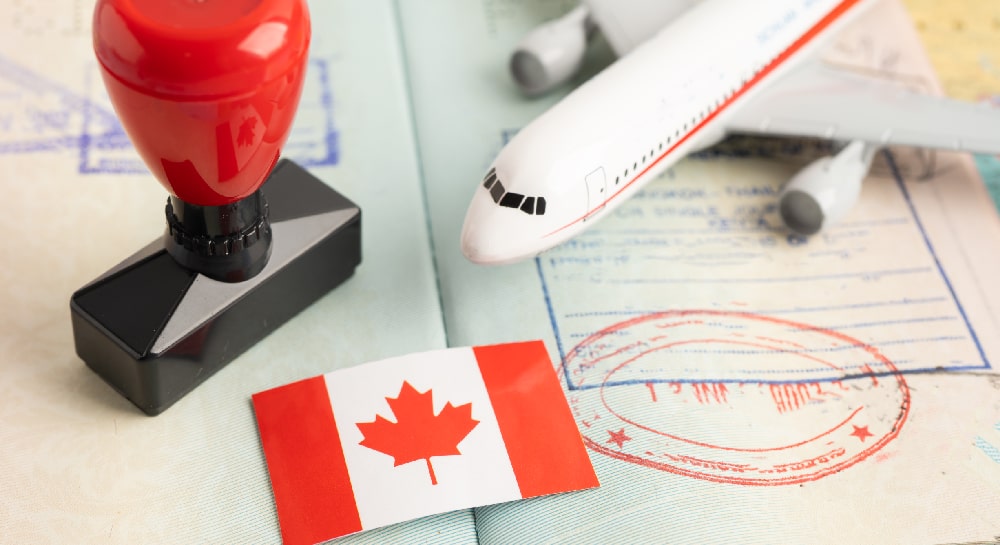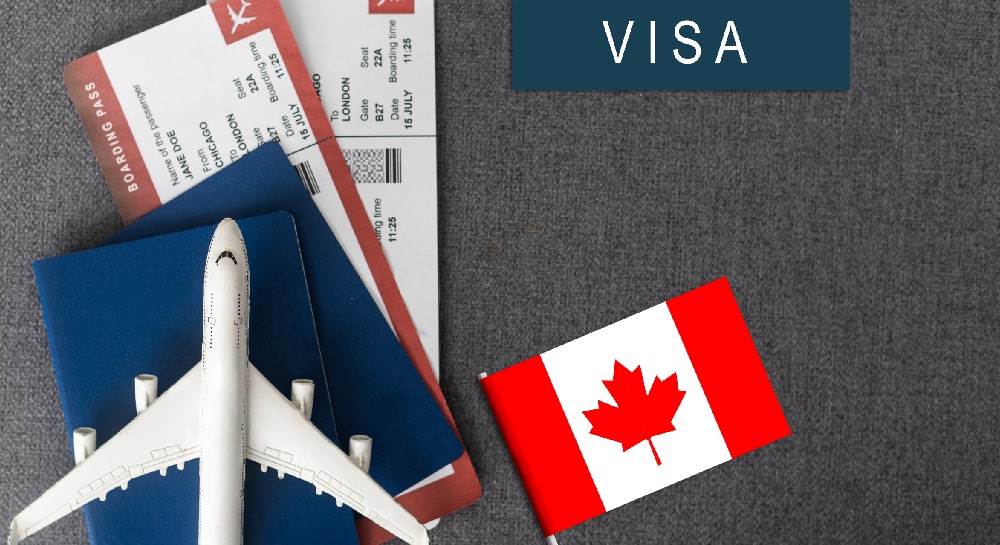What to Do now that my Employee’s Australian Visa has been Denied?
- Published by Max-B.
- April 16, 2022
- 5 min read
Table of Contents

Several Australian companies depend on skilled immigrants to cover challenging roles to fill in the domestic job market. Companies can sponsor skilled immigrants for a variety of visas, including the short-term skill shortage visa (known as subclass 482), the employer nomination scheme visa (known as subclass 186), and the skilled employer regional visa (known as subclass 491). These visas that employers sponsor need the employer to support the foreign worker and need the employer to pay a percentage of the fees associated with the employee’s sponsorship.
Companies may also have workers on visas that do not necessitate the employer’s assistance, including the working holiday (known as subclass 417) visa or the student (known as subclass 500) visa. But, when the working holiday visa or student visa is running out of time, the worker will frequently resort to the employer for aid in the form of supporting them for an employer-sponsored visa.
When an employee’s visa is denied, it may be a stressful situation for both the business and the person. If a visa is rejected, the employee usually has three options:
- Try to resubmit the visa application and achieve a different result, such as a visa grant.
- Appeal the denial verdict to the Administrative Appeals Tribunal or the Federal Court (the correct entity to file the appeal application will depend on the reason for the appeal). The Tribunal can only hear merits appeals, although the Courts can hear appeals concerning jurisdictional mistakes. You should get legal counsel to choose which body to appeal to.)
- Acknowledge and respect the choice to refuse and make plans to leave Australia.
Should you Relodge it or File an Appeal?
Departing Australia is the least desirable choice for the majority of employees and companies. So, if your employee’s visa application is denied, should you relodge it or file an appeal?
If the visa request was rejected due to your mistake (or the employee’s or lawyer’s) in failing to include necessary documentation, or because the data or presented evidence was inadequate, but you genuinely think the employee satisfies the criteria of the visa, it may be worthwhile to appeal to the Tribunal with more substantial evidence and documentation.
Nevertheless, if the employee does not match the visa’s conditions, appealing may not be the best option. If you decide to appeal, be ready for the Tribunal to uphold the Department’s decision to deny the visa application. But, if you have a Tribunal ruling that confirms the Department’s rejection decision, you might consider requesting Ministerial Intervention and requesting the Minister to assist if you feel there are compelling or compassionate circumstances that support the visa issue.
Before trying to get an appeal, you should get legal counsel to assess your chances of success. Nevertheless, you must act quickly since you frequently only have 21 days from the date of the visa rejection judgment to file an appeal with the Tribunal.
In rare situations, the Department may have committed a “jurisdictional mistake,” that is, they may have misapplied the law or made a conclusion outside their authority. In certain circumstances, the individual may be able to appeal the decision to the Federal Circuit Court.
The choice of filing a new visa application and “giving it another shot” should be seriously considered, mainly if the employee is not on a trying to bridge visa at the time of the rejection decision and still has a valid visa that is not set to expire for some time (at least 2 to 3 months), offering you or the employee enough time to file a new visa application. The expense of this option would include the additional professional fees of a migration lawyer or agent (if utilizing one) and the Department’s charges.
Nevertheless, if your employee is on trying to bridge a visa at the time of the visa rejection decision, which is expected, “giving it another go” will be more difficult. This is due to the possibility of an s.48 bar. Section 48 of the Migration Act says that if a person is in Australia and does not have a substantive visa and has had a visa rejected while in Australia, they can only apply for a few kinds of visas if they want to stay in Australia to lodge the further application. Therefore, if the person desires to apply for a visa that is not one of the few permitted, the visa application must be sent overseas.
If the applicant is allowed to apply for another visa overseas, they must still complete additional conditions outlined in Schedule 3 of the Migration Rules. Condition 3004, which needs the applicant to establish that the cause they do not possess a substantive visa (any other visa than a bridging visa) is due to conditions beyond their control, is the Schedule 3 criterion that is most challenging for those who have had their visa rejected. They must also explain that they have compelling circumstances justifying the issuance of the visa.
When you are refused a visa, it may be stressful. Before filing an appeal application or submitting another visa application, you should seek some advice in order to ensure that you are on the right track and won’t waste your time and money pursuing a route that will only lead to further refusal.
Has your Australian visa been denied? What did you do? Share your experience in the comments section.
- Author
- Max-B.
- April 16, 2022

Sign Up to Online Course
Related Articles

Canada Work Permit Interview Questions
Many people apply for a job in Canada. After they submit their application, they may receive a request to attend

Canada Express Entry Visa Interview Questions
Many people feel nervous about the Canada Express Entry visa interview questions. The officer asks these questions to check your

Canada Study Permit Interview Questions
Many international students plan to study in Canada. Some students must attend an interview before they receive the study permit.

